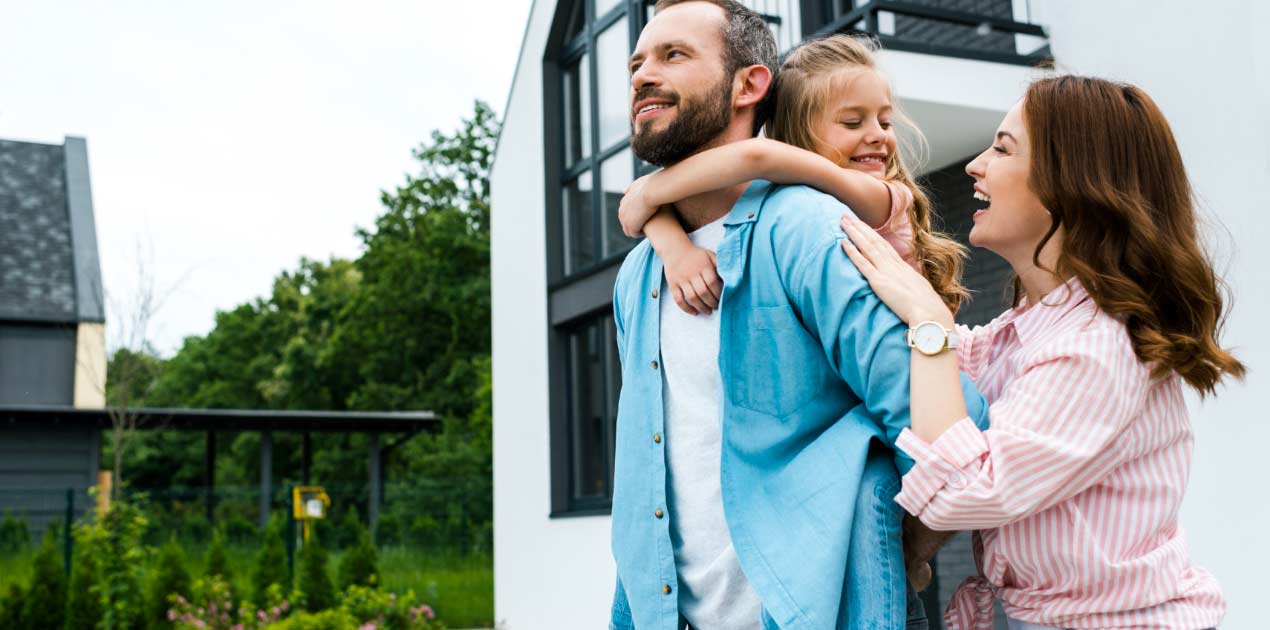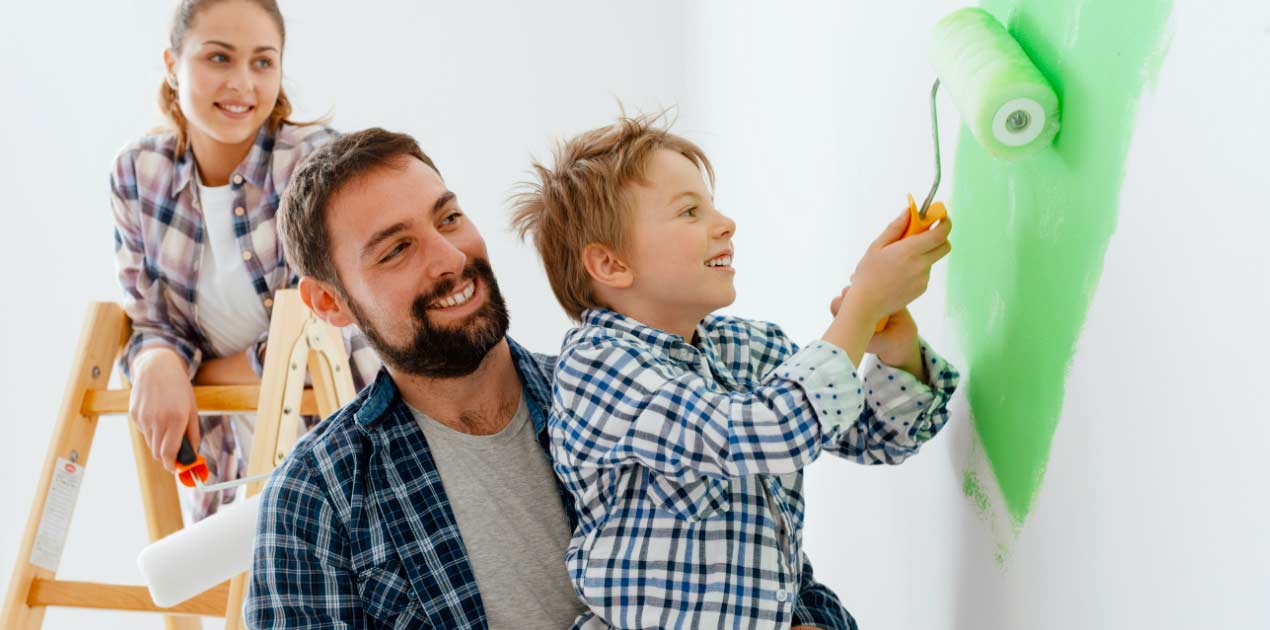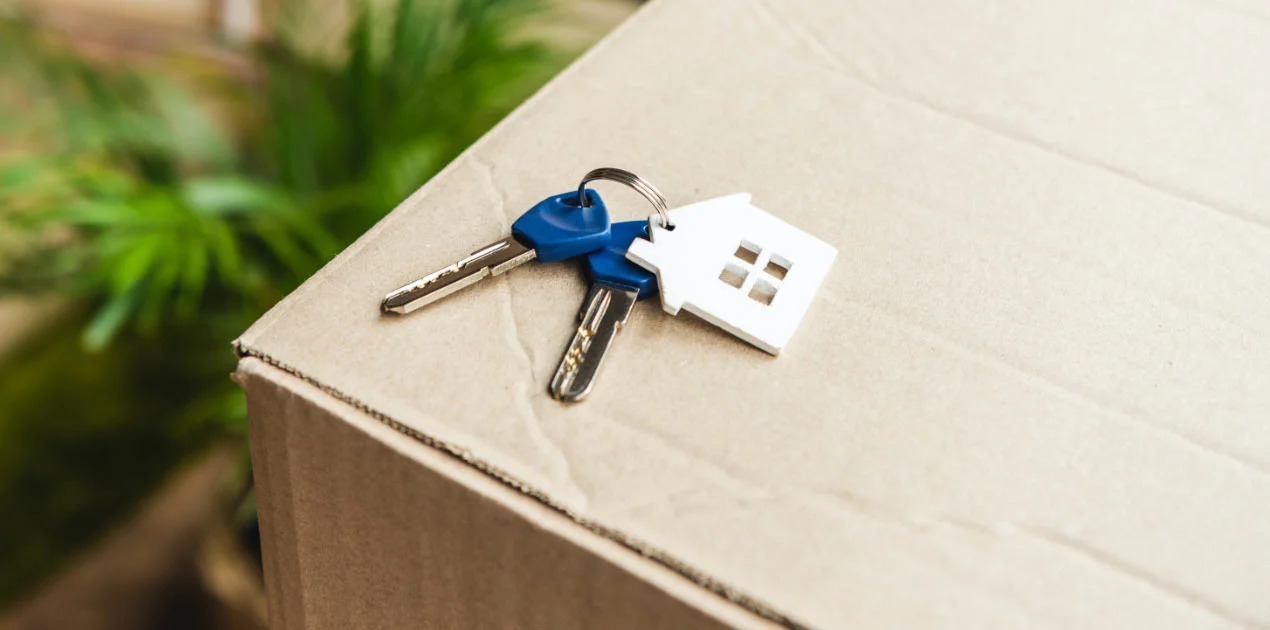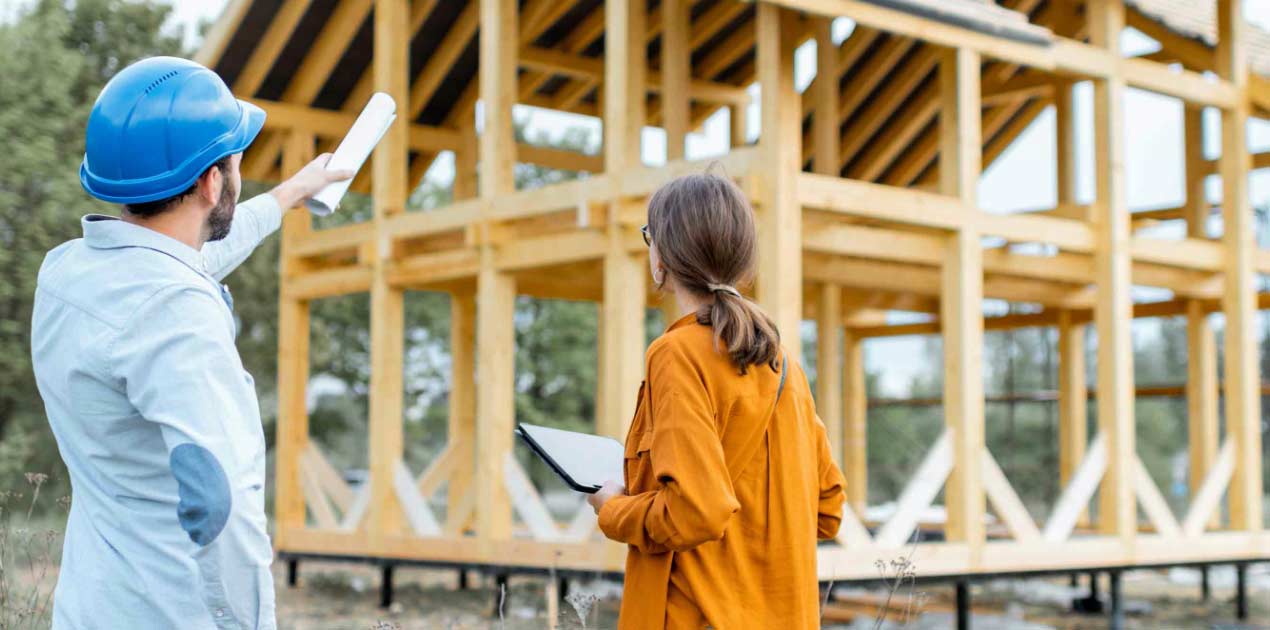Let’s dive deeper into the latest Australian Bureau of Statistics (ABS) insights from February 2025, capturing some essential trends across population growth, employment and retail.

Australia’s capital cities collectively experienced a population increase of nearly 430,000 people in the financial year ending June 2024. While this growth was slightly lower than the record-setting 520,900 figure of the previous year, it remained impressive.
The primary driver of this surge was unsurprisingly net overseas migration – a key component of demographic expansion over recent years. The capitals outpaced regional Australia in growth rates, with cities combined growing at 2.4% compared to 1.3% for regional areas.
Melbourne led the way, adding 142,600 new residents, followed closely by Sydney with 107,500. Perth stood out not only for its absolute population increase (73,000) but also for its remarkable growth rate of 3.1%, the highest among all capitals.
Brisbane mirrored Perth’s net increase, growing by 73,000 people and maintaining a robust growth trajectory. Notably, Melbourne and Brisbane both achieved growth rates of 2.7%, highlighting their ability to attract a significant number of newcomers.

Outer suburbs in the capitals became dynamic hubs of growth, fuelled by internal migration. For instance, Melbourne’s Fraser Rise-Plumpton added 4,300 residents, making it one of the fastest-growing areas.
Similarly, Sydney’s Box Hill-Nelson (4,000) and Brisbane’s Ripley (2,700) were standout growth zones. These figures show a trend toward expansion in suburban fringes where affordability and infrastructure appeals to homebuyers and investors.
Job vacancy data showed a significant shift – down 4.5% to 329,000 in February, according to the ABS. This fall countered the rise of 17,000 vacancies observed in the months leading up to November 2024.
While the numbers resemble those of August 2024, they still show a stronger post-COVID19 recovery, with vacancies sitting at 44.5% higher than pre-pandemic levels. However, it’s worth noting that vacancies have gradually decreased over time, with current figures being 30.7% below the peak observed in May 2022.
Sector-wise, the largest drops were in arts and recreation services (-31.3%) and professional, scientific, and technical services (-17.0%), while manufacturing enjoyed the highest percentage growth (+23.3%).
Retail turnover in February saw moderate growth – up 0.2% – following similar gains of 0.3% in January.
Food-related spending led the way, with food retailing (+0.6%) and cafes, restaurants, and takeaway food services (+0.2%) posting positive growth for the second consecutive month.
Non-food sectors painted a mixed picture; while household goods retailing continued its downward trajectory (-0.3%), department stores (+1.5%) and clothing (+0.4%) saw increases. Western Australia maintained strong retail performance, celebrating its seventh consecutive month of growth.














